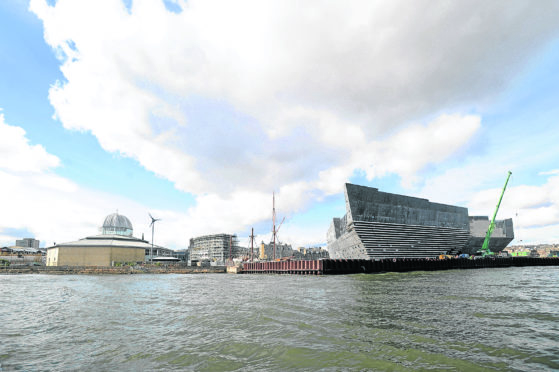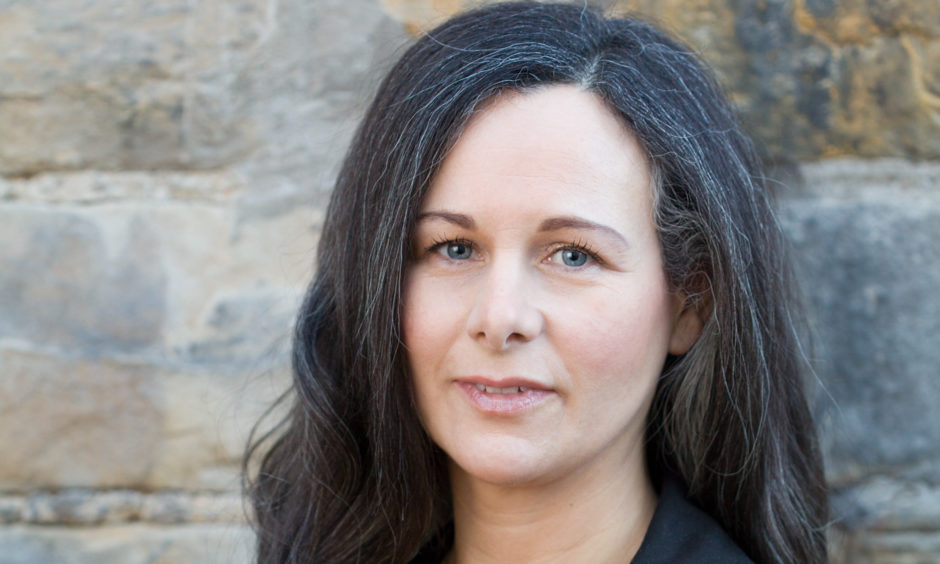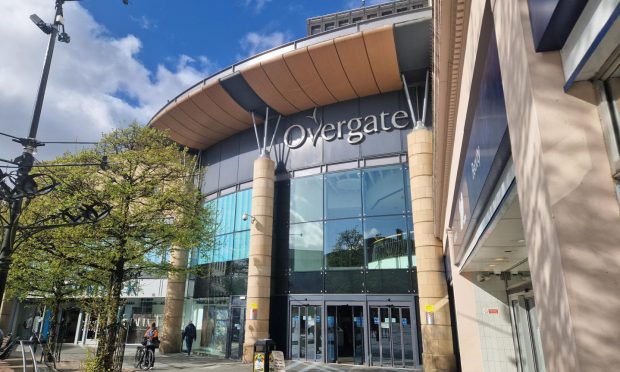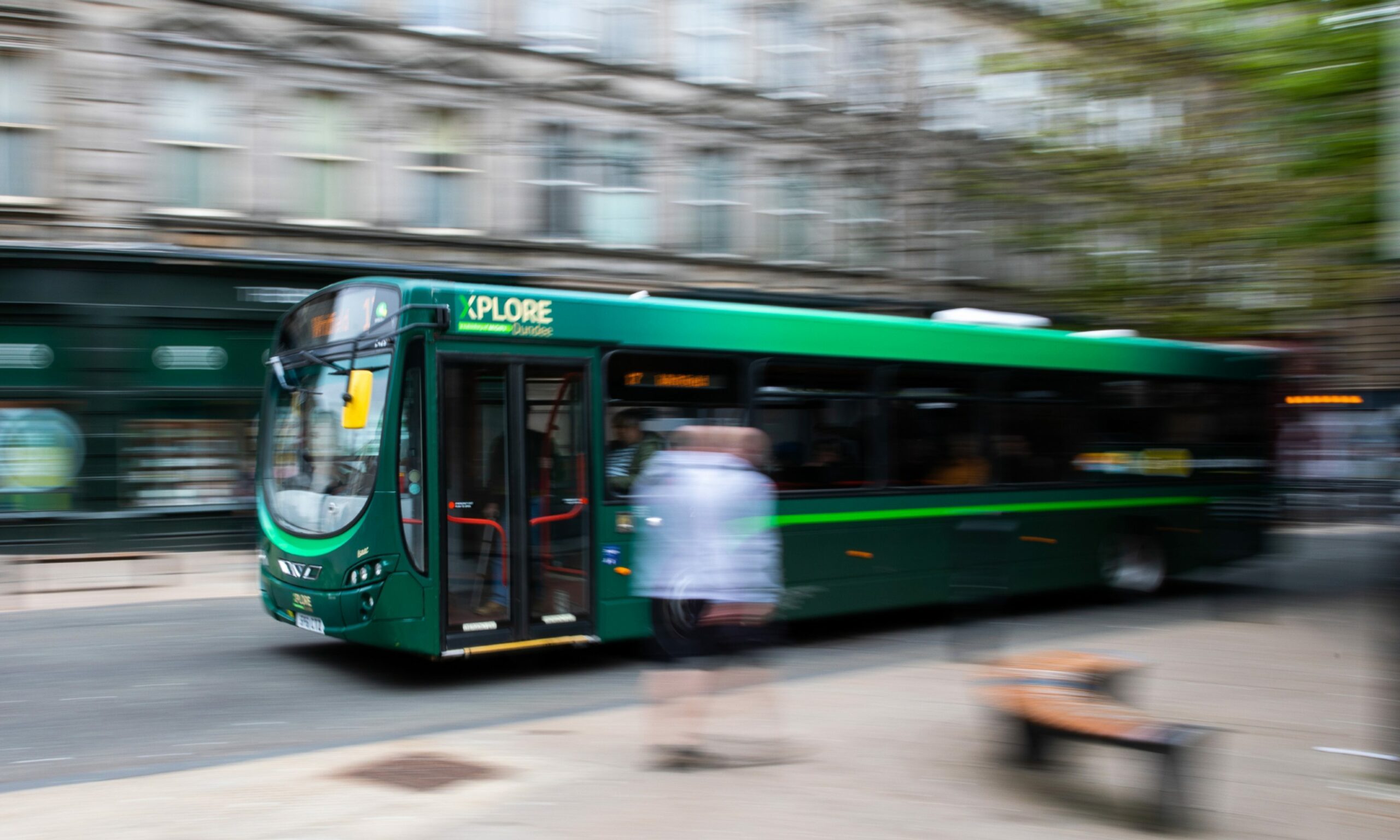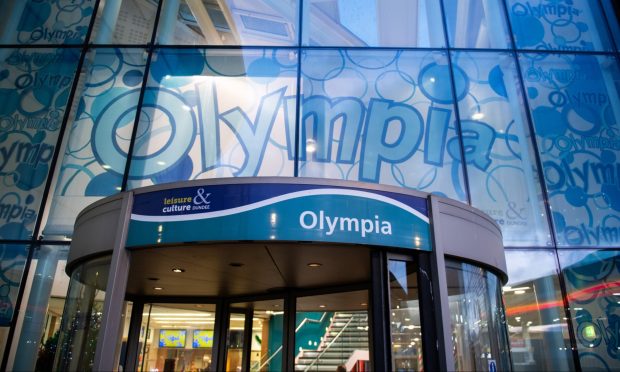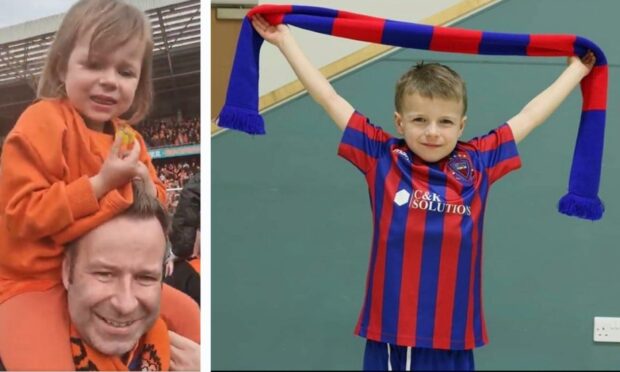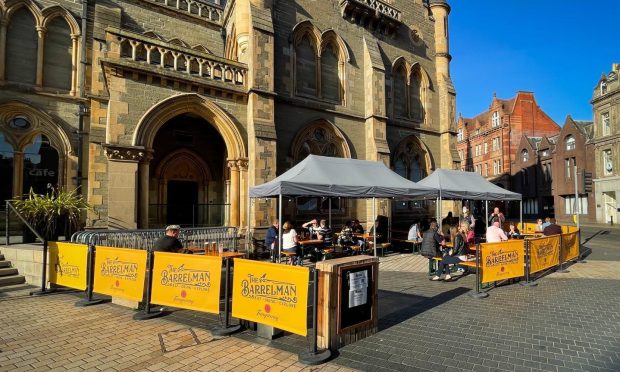Dundee should be home to a “Museum of Misogyny” celebrating Scotland’s feminist activists, a leading author has suggested.
Sara Sheridan, a best-selling historical novelist, has written a new book considering ways in which Scotland could better celebrate the heritage of its women.
Published next week, Where Are the Women? imagines Dundee – which was home to some of the most prominent members of the Suffragette movement – as the ideal base for a “Museum of Misogyny” exploring the oppression of women and their campaigns for equality over the centuries.
Dundee was also known as a “women’s town” because so many workers in the city’s jute mills – nearly three quarters of the workforce – were female and often the sole wage earner in a family.
Ms Sheridan writes the museum would be located next to V&A Dundee on the waterfront “because of the city’s longstanding excellent record on women’s rights”.
She added: “Exhibits here run from the historical to the present day – including an analysis of John Knox’s famous attack on female sovereigns, particularly Mary of Guise, Mary Queen of Scots and Mary I of England, and their ‘monstrous regimen of women’.
“A respected centre for activism and research, the Museum of Misogyny supports women’s causes worldwide, monitoring wage gaps, anti-female laws and press coverage both in Scotland and abroad.”
Sheridan also describes the Minnie the Minx statues on Dundee High Street as an “icon” of the spirit of Dundee.
The book describes 1,000 women who have shaped Scotland today but whose lives go largely unrecognised.
She told The Scotsman: “I started out on the book with a massive research project, found more than 5000 women across Scotland, and then came up with around 1000 that I wanted to go in the book.
“I bought a huge map of the country and tried to work out the best place for them go on the map and how I could memorialise them.
“When I began looking at Dundee it seemed as if there was a feminist culture fairly early on and a strong sense of women there having rights. There was strike by maid servants for better conditions in the 19th Century. I could see Dundee felt like the right place for this.”
She said the idea of the book is to make readers imagine a country where the Scotland’s notable women are as celebrated as its men.
She added: “The idea with the book is that people read about a country where only the women are memorialised, then walk out into the real world and maybe notice that is really only men that are recognised, and realise how strange and imbalanced it is.
“It is an issue all over the country but it is at local level that there would have to be a will to do something about it.
“I would love it if a Museum of Misogyny did happen in Dundee. But it will be up to other people to take it up. My expertise is imagination.”
